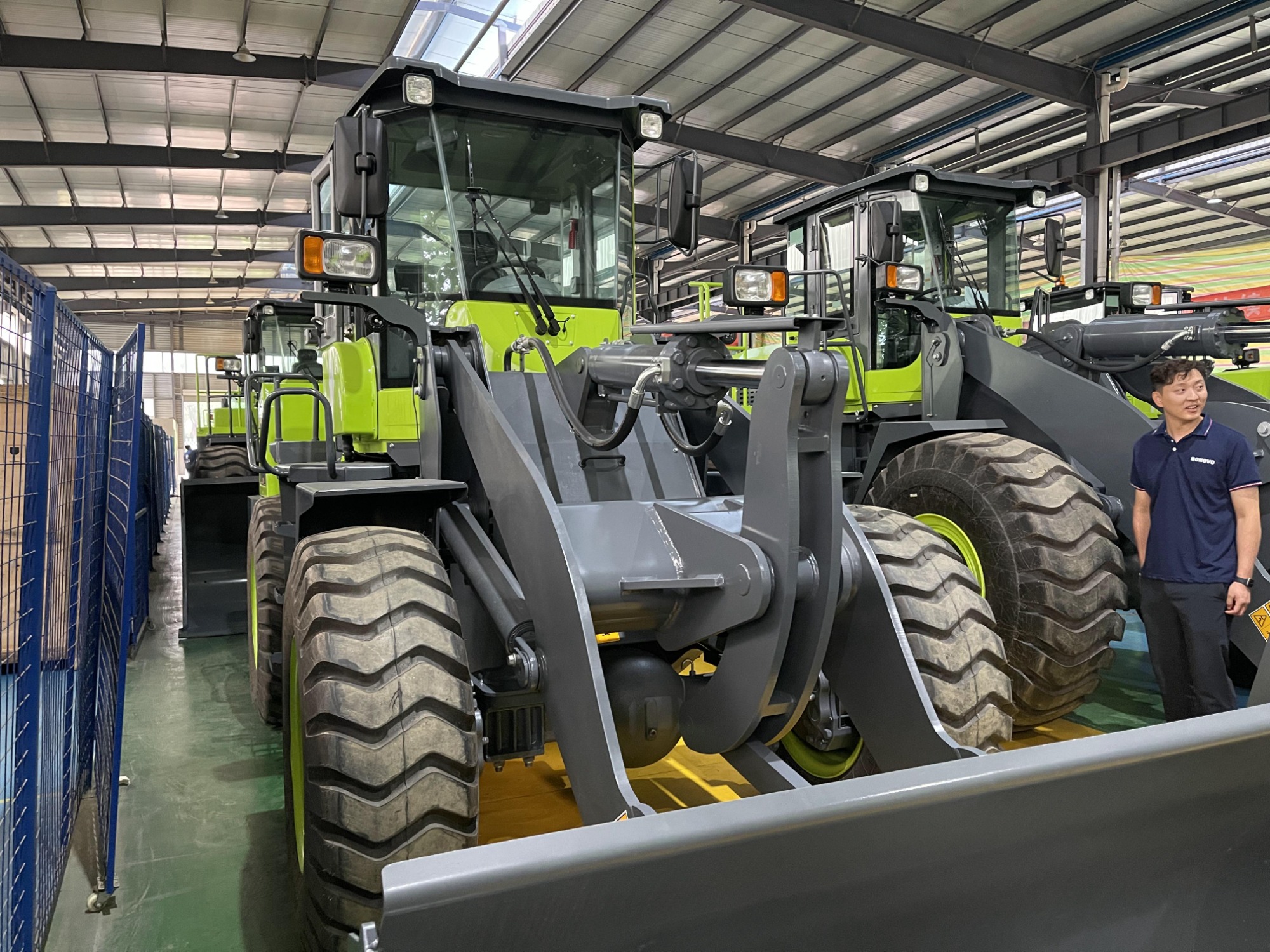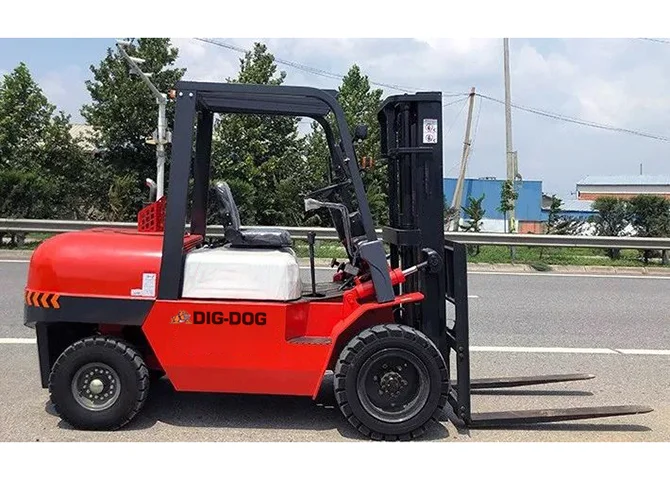What are some useful wheel loader maintenance tips?
Wheel loader maintenance is an important part of being an owner and operator of such a machine. Just like most, if not all, maintenance endeavors, taking care of your wheel loader is not a simple task and requires a lot of knowledge, consistency, and some elbow grease.

Know more about basic wheel loader maintenance because it can potentially save you from a lot of stress and unwanted expenditures.
1.Develop a schedule and routine
One of the best things you can do for effective wheel loader maintenance is to develop a schedule and routine. Even more important than that is to stick with it and be consistent, especially if it’s a daily routine. One good example of a maintenance routine is by doing pre-start and post-use checks.
For your pre-start checklist, include the following:
Inspect the wheel loader for any loose, worn, or damaged parts.
Check the tires and ensure that it has the right pressure (refer to the user’s manual).
Spot any form of fluid leak, be it coolant or oil.
Check the air filter system to see if it is clean. If there has been an accumulation of dust and debris, clear it out before using.
Adjust the mirrors and make sure they are clean.
This basic checklist should be followed before every use. However, always check your user’s manual to see if you can add some more maintenance checks. After completing this, make sure the wheel loader is warmed up for about five to ten minutes before using it for heavy-duty work. This allows oil pressure to build and lubricate the engine’s parts. The cooling system also benefits because it reaches the optimal operating temperature.
For post-use maintenance measures, a shut-down routine would be helpful. Make sure the machine is parked on level ground and let the engine idle for about three to five minutes before shutting it down. This cools down the internal systems of your wheel loader. A little post-use cleaning can also go a long way.
2.Maintenance while you work
While there are things you can do pre and post-use, there are also maintenance measures you can do as you’re using the machine. Monitor the equipment for any potential red flags — unusual noises, malfunctioning gauges, and changes in the operator’s display. It is also important that you do not overload the wheel loader in terms of its bucket capacity. Carrying more than the maximum capacity will negatively affect the wheel loader’s wheels and fuel efficiency, on top of the potential spills that will happen on the job site.
By being mindful of how you use your wheel loader, you are already doing your part in preserving its condition and minimizes the need for actual maintenance work.
3.Trained operators are a valuable asset
Another thing that is crucial to effective wheel loader maintenance is by having trained operators use the machine for every job. Using a wheel loader is not as simple as it looks and as alluded to above, not using it properly can lead to unnecessary or otherwise avoidable damage to the machine. Aside from that, maintenance practices evolve and become better over time. This makes staying up to date on the latest information important.
Always remember that maintenance plans will never be as effective as their newer and more refined counterparts. Educate yourself through various means whether it’s by consulting the wheel loader’s manufacturer or asking advice regarding proper techniques from more skilled operators and technicians.
4.Consider the working conditions
Being mindful of your machine is all well and good, but not paying attention to the working conditions can potentially negate some of your maintenance endeavors. This is more important if your wheel loader is being used in harsh environments for long periods of time. The harsher the environment and the longer it is in use, the more it will require intensive maintenance.
In conjunction with monitoring the performance of your machine, you will be able to anticipate small problems caused by the working conditions and can immediately adjust your usage of the wheel loader to reduce the risk of potentially costly damage to your machine.
5.Don’t forget to check the attachments
Finally, you should never forget to check your wheel loader’s attachments. Just as the main machine and its inner workings are susceptible to wear and tear, the attachments and extra tools it utilizes are also subject to the same conditions. For example, wheel loader buckets have teeth and they are usually one of the first things that are damaged after prolonged use. Repair any damaged teeth as soon as you spot them to ensure the best possible performance.
Pallet forks, like the ones you can see in forklifts, are also a common wheel loader attachment. Check its hoses, tilt and lift cylinders, wear plates, and attachment pins for any sign of damage before heavy-duty use. Doing visual inspections is key because attachments rarely have internal components that need attention.
Key Takeaway
Now that you know some of the things you can do for effective wheel loader maintenance, you are well on your way to ensuring your machine’s longevity. Always remember that your user’s manual is going to be your best friend in all of your maintenance endeavors.
 BONOVO Group at INTERMAT 2024 Paris Exhibiton
BONOVO Group at INTERMAT 2024 Paris Exhibiton
 A Ultimate Guide to Clamp Forklifts and Attachments
A Ultimate Guide to Clamp Forklifts and Attachments
 How To Choose The Right Compact Wheel Loader
How To Choose The Right Compact Wheel Loader
 How Much Does a Forklift Weigh?
How Much Does a Forklift Weigh?